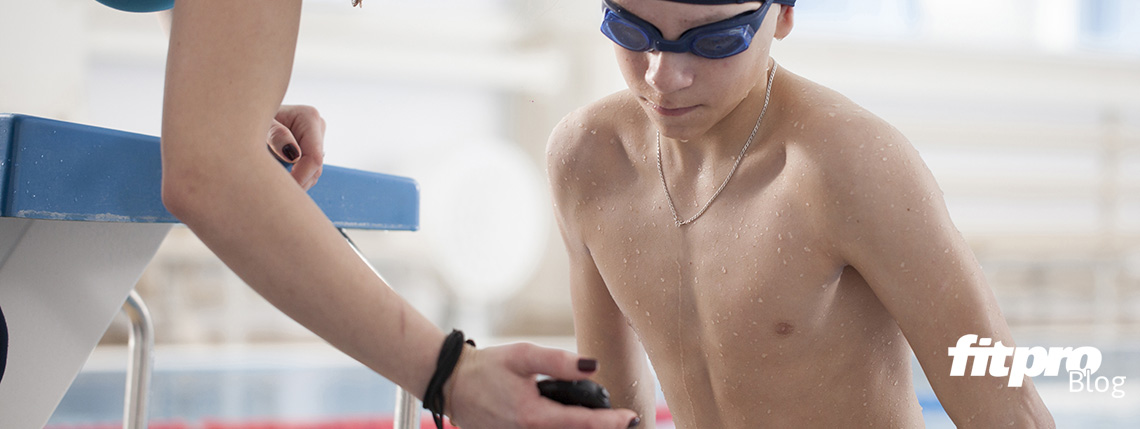Three stories from the world of health and fitness this week …
More than 1,100 swimmers participate in SWIMTAG’s Commonwealth Games pool challenge
SWIMTAG’s cloud-based pool challenge attracted 1,187 participants across more than 200 pools in the build up to the Commonwealth Games. Swimmers were invited to complete the equivalent of the 16km between the Carrara Stadium, where the athletics took place, and the Gold Coast Aquatics Centre, which hosted the swimming, between 1 March and the Opening Ceremony on 4 April.
The fastest finisher was a male swimmer from a Places For People-managed pool in Wellingborough, who took just three days to swim the distance.
Colin Scott, business development manager at 222 Sports, creators of SWIMTAG, says, “SWIMTAG challenges are promoted direct to registered users. This means that operators offering the system do not have to get involved in any set up. All the administration, challenge updates and feedback to swimmers throughout the challenge is managed by SWIMTAG and accessed by participants via the SWIMTAG online platform. Operators can then choose to promote the challenge via internal marketing and social media if they wish, and this can really help to drive engagement. Our records show that pools running and promoting challenges can attract up to a 40% uplift in recorded swims.”
Children recover from exercise similarly to endurance athletes
New research published in Frontiers in Physiology compared the energy output and post-exercise recovery rates of young boys, untrained adults and endurance athletes to assess their recovery and provide insight into how bodies change from childhood to adulthood. In each test, the children outperformed the untrained adults.
Sébastien Ratel, associate professor in exercise physiology, who completed the study at the Université Clermont Auvergne, France, says, “We found the children used more of their aerobic metabolism and were therefore less tired during the high-intensity physical activities. They also recovered very quickly – even faster than the well-trained adult endurance athletes – as demonstrated by their faster heart-rate recovery and ability to remove blood lactate.
“This may explain why children seem to have the ability to play and play and play, long after adults have become tired.”
Researchers should be wary of self-reported data
Scientists have compared how fit physically active people consider themselves to be with how physically active they actually are in a new international study with the help of fitness tracking devices. Scientists recruited 540 participants from the United States, 748 people from the Netherlands and 254 people from England, all of whom were asked to report their level of physical activity on a five-point scale, from inactive to very active. Wearing a fitness tracker on their wrist enabled scientists to measure their actual level of activity over a week.
Researchers found a discrepancy between the self-reported data and the tracker results; for example, the American participants suggested they were as active as the English and Dutch when in fact they were less active.
Arie Kapteyn, the study’s lead author and executive director of the Center for Economic and Social Research at the USC Dornsife College of Letters, Arts and Sciences, says, “When you rely on self-reported data, you’re not only relying on people to share a common understanding of survey terms, but to accurately remember the physical activity that they report. With the wide availability of low-cost activity tracking devices, we have the potential to make future studies more reliable.”
Where to next? The Angry Chef tells us where PTs are going wrong.







